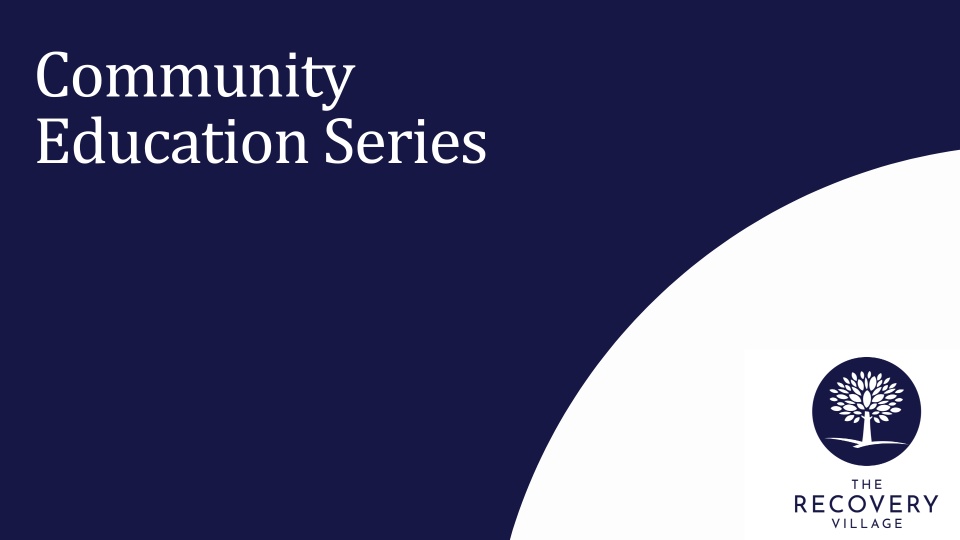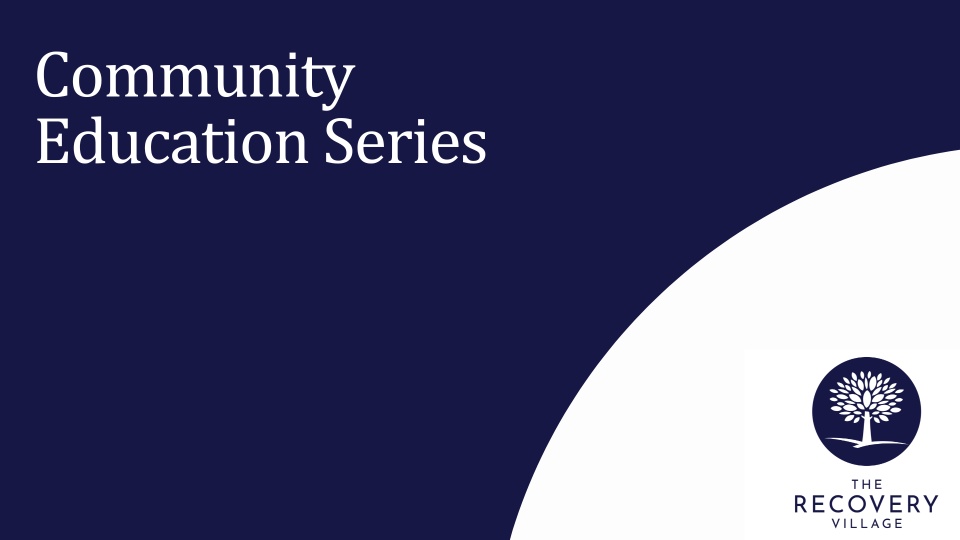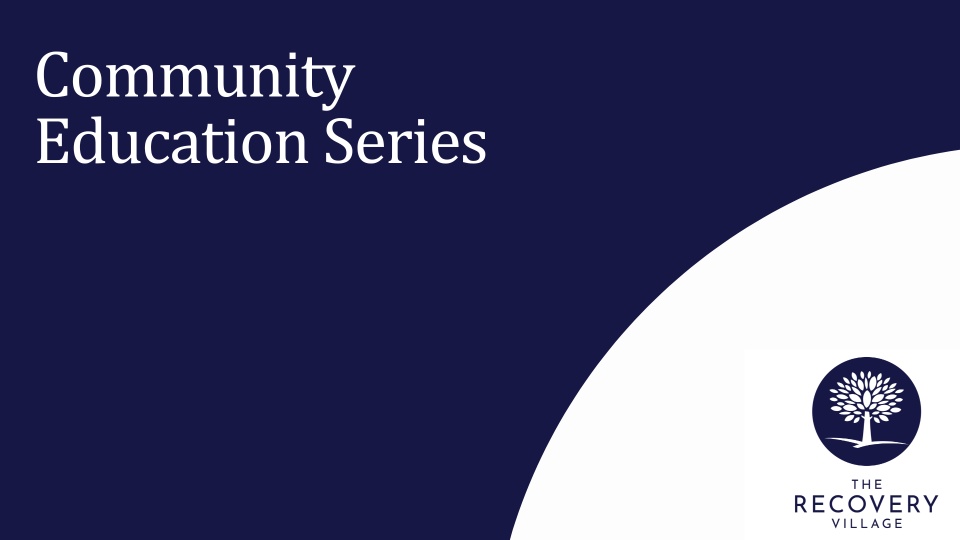Estimated watch time: 51 mins
Available credits: none
Objectives and Summary:
The medical community’s understanding of concussions is still evolving rapidly, with some of the largest breakthroughs occurring relatively recently. In this presentation, Alexander S. Strauss, M.D., DFAACAP, FAPA, explains more about the history of mild traumatic brain injury (concussion) and chronic traumatic encephalopathy (CTE), how it affects people and ways that clinicians can better treat patients with concussions.
After watching this presentation, the viewer will:
- Understand how concussions are viewed now versus in the past
- Know the differences between types of concussions, how they affect different age groups and how they can lead to CTE
- Be aware of how treatment has evolved and what the best treatment practices are today









